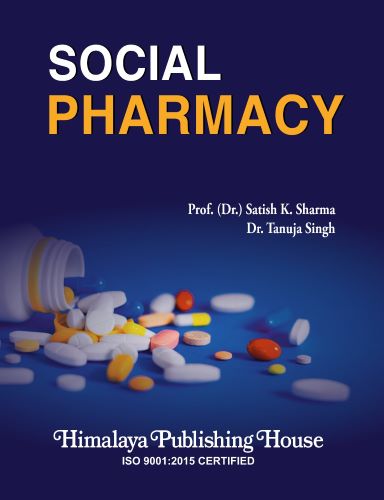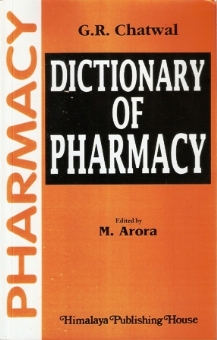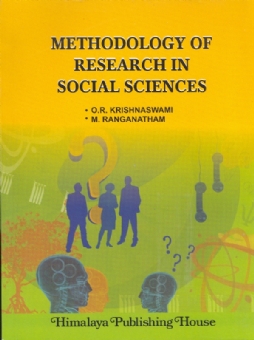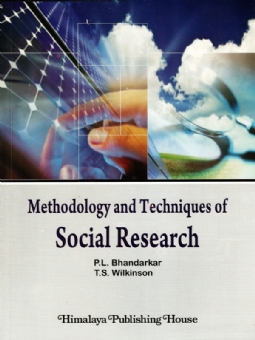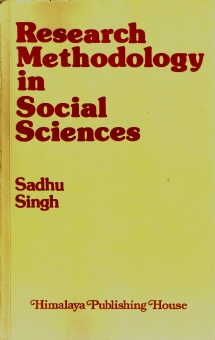The present book of Social Pharmacy has been written in such a way so as to generate the interest of the readers as well as to sensitise the pharmacists in discharging their duties towards the society and the nation in respect of maintenance and promotion of health. The primary objective of this book is to meet the new D.Pharm Education Regulation 2020 Guidelines of the Pharmacy Council of India. However, the content is useful for all pharmacy professionals as the whole content theme is based on the preventive and social medicine as well as the sustainable health. The aim, objectives, principles and goals of the National Health Policy 2017 have been discussed extensively in chapter 1. Various family planning methods with their merits and demerits have been extensively discussed in chapter 2. General roles and responsibilities of the pharmacists in the prevention and management of the communicable diseases have been discussed in the chapter 4. Furthermore, the specific roles and responsibilities of a pharmacist in the prevention and control of the communicable diseases including TB, HIV, Leprosy, SARS and Polio have also been beautifully elaborated. The book incorporates a wide range of learning tools such as tables, figures and flow diagrams to enhance learning and engagement. To further support student learning, the book includes a series of questions—short-answer, long-answer, and multiple-choice—with answer keys provided at the end of each chapter. These questions are carefully crafted to help students assess their understanding of the material, while also preparing them for examinations and real-world applications of the content. This text book of Social Pharmacy is also useful for the educators as it contains the elaborations, descriptions and explanations along with latest subject matter. The authors have done an extensive literature survey and have referred the latest related journals, standard reference books, government/regulatory guidelines and various health care sites, so that updated information reaches the readers.
Contents –
1. Introduction to Social Pharmacy
1.1 Social Pharmacy
1.2 Role of Pharmacists in Public Health
1.3 Concept of Health
1.4 Dimensions of Health
1.5 Determinants of Health
1.6 Health Indicators
1.7 The National Health Policy
1.8 Public and Private Health Systems in India
1.9 National Health Mission (NHM)
1.10 Millennium Development Goals
1.11 The Sustainable Development Goals (SDGs)
1.12 FIP Development Goals
1.13 Multiple Choice Questions
2. Preventive Health Care
2.1 Demography and Family Planning
2.2 Maternal and Child Health (MCH)
2.3 Importance of Breastfeeding
2.4 Adverse Effects of using Baby Milk Substitutes and Bottle Feeding
2.5 Vaccines
2.6 Immunity
2.7 Immunisation
2.8 Effects of Environment on Health
2.9 Multiple Choice Questions
3. Nutrition and Health
3.1 Importance of Nutrition
3.2 Nutrients
3.3 Importance of Water and Fibre in the Diet
3.4 Balanced Diet
3.5 Malnutrition
3.6 Ill Effects of Junk Foods
3.7 Calorific and Nutritive Values of Various Foods
3.8 Food Fortification
3.9 Food Safety
3.10 Food Adulteration
3.11 Artificial Ripening
3.12 Pesticides
3.13 Genetically Modified (GM) Food: An Overview
3.14 A drug-food Interaction
3.15 Dietary Supplements
3.16 Nutraceuticals
3.17 Pharmaceuticals
3.18 Multiple Choice Questions
4. Introduction to Microbiology and Common Microorganisms
4.1 Epidemiology
4.2 Various Terms used in Epidemiology
4.3 Communicable Diseases
4.4 Multiple Choice Questions
5. Introduction to Health Systems
5.1 Current National Health Initiatives in India
5.2 Objectives of the National Health Mission
5.3 The Operational Mechanisms of the National Health Mission
5.4 Health Mission Outcomes
5.5 Multiple Choice Questions
6. Pharmacoeconomics
6.1 The Importance of Pharmacoeconomics
6.2 Challenges in the Field of Pharmacoeconomics
6.3 Need of Pharmacoeconomics
6.4 Applications of Pharmacoeconomics
6.5 Health Insurance
6.6 Health Spending
6.7 Types of Pharmacoeconomic Analysis
6.8 Modeling of Pharmacoeconomics
6.9 Organisation for Health Maintenance
6.10 The Operational Mechanisms of HMOs
6.11 Pros and Cons of Health Maintenance Organisations (HMOs)
6.12 Role of the Primary Care Physician (PCP)
6.13 Multiple Choice Questions
References

